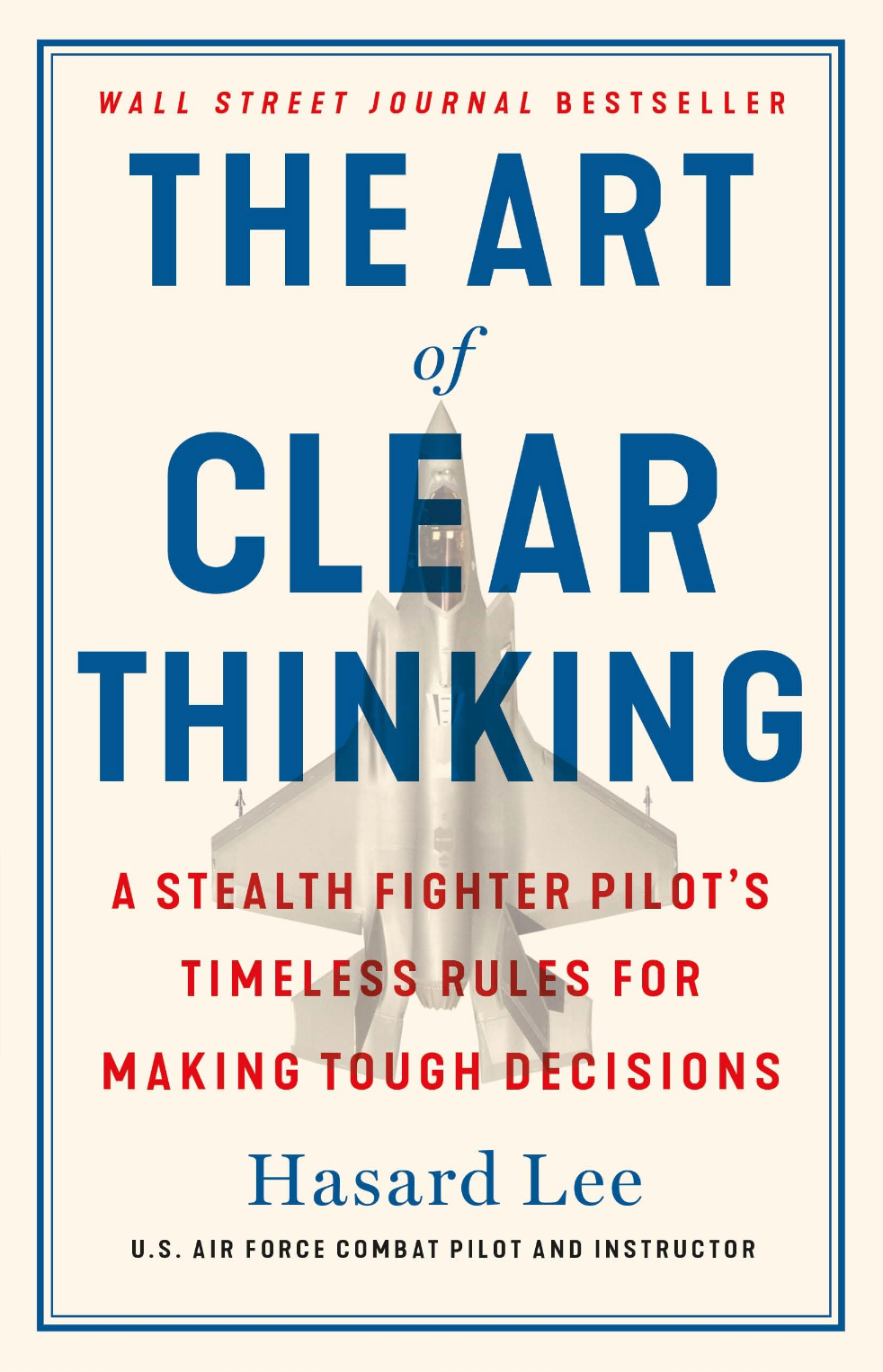
The Process
Potential new patients are invited to schedule a brief preliminary appointment with Dr. Miller to discuss whether you and our practice model are a good fit.
There is no charge for this.
CASE MANAGEMENT FOR DYNAMIC COMPLEX BIOLOGY
If we both feel comfortable that proceeding is in your best interest, you are provided with online access to questionnaires and a secure folder in which you can place your historical medical records. Dr. Miller studies these before your next appointment.
During that appointment, a thorough review and focused examination yields a coherent, high-resolution portrait. It is the beginning of an ‘owner’s manual’ for your body. The key unanswered questions that emerge guide us to decide together on what laboratory and functional tests are needed to ensure reliable answers.
This establishes the foundation for an initial treatment plan and progressive case management. There is an abundance of objective diagnostic tools and natural treatment modalities too numerous to list. Pertinent ones are advised according to your unique needs.
A quote from The Art of Clear Thinking by fighter pilot Hasard Lee translates into the clinical decision making process in functional medicine, for which nonlinear thinking has to be applied to the massive complexity of the systems biology presented by a living patient—versus rushing to the simplest diagnosis that will explain the symptoms and stopping there, blinded by the anchoring bias that eclipses the rest of the picture. It includes the subtle cues noted in conversation to lab values that diverge slightly from the norm, with persevering curiosity for pursuing whatever is unexplained.
The case history, examinations, lab tests, etc. help us to establish the best model for your case and inform us on how and where to start. As this process gets going, we get to see how you respond. These responses tell us much more, as do follow-up tests at appropriate intervals. The goal of each cycle is both diagnostic and therapeutic, and we learn together about your needs as things unfold. Knowledge of the underlying physiology → identification of clinical targets → choice of tools/interventions → observation of results → interpretation based on knowledge of underlying physiology → repeat as needed. We determine together what is practical and realistic for your unique circumstances.
Going through these cycles of work is crucial for understanding over time how your dynamic system responds to being influenced.
"The decisions we make form the connections we have with the world around us. It's only by first assessing the problem that we can gain enough understanding to reliably make the right decision.
When flying fighters we’ll use a cross check to build our assessment. All of our senses contribute to the model. What are the instruments displaying? What's going on outside the aircraft? What sort of vibrations can be felt? How are the G forces changing? What radio calls or alarms can you hear? Is there a smell of smoke or fumes?
Buried within all the data is the information that's needed to solve the problem at hand. Instead of trying to multitask, something humans are notoriously bad at, we’ll spend anywhere from a fraction of a second to several seconds understanding each piece of information before moving on to the next one. The key is to not let yourself focus on just one data source at the expense of the rest, something we call getting sucked into the soda straw. When that happens, the pilot will quickly lose sight of the big picture and be unable to see how their actions fit the larger system they're operating within.
The ability to make sense of a chaotic environment while simplifying and structuring information is not just applicable to flying. It's a fundamental skill that's required to navigate our increasingly complex world. We’re saturated with hundreds of times more information than previous generations. What’s required is a way to quickly sift through the noise to understand key parts of a system so that we can then create an outsize impact given our time and resources. This requires judgment, and judgment requires nonlinear thinking."
“When nothing seems to help, I go and look at a stonecutter hammering away at his rock perhaps a hundred times without as much as a crack showing in it. Yet at the hundred and first blow it will split in two, and I know it was not that blow that did it, but all that had gone before.”
19th century social reformer Jacob Riis

GET STARTED TODAY WITH LAPIS LIGHT
If you wish to discuss if your case is suitable for our practice model,
get in touch with the Contact link below.


